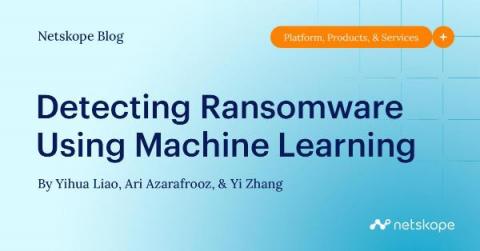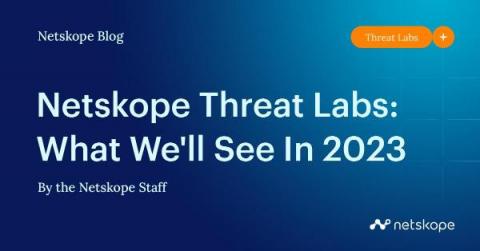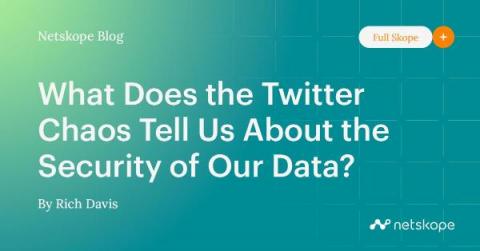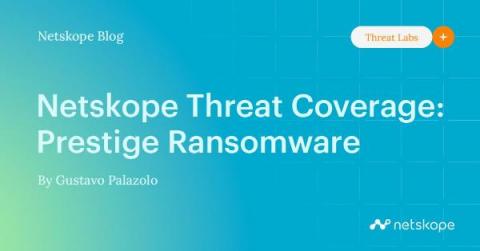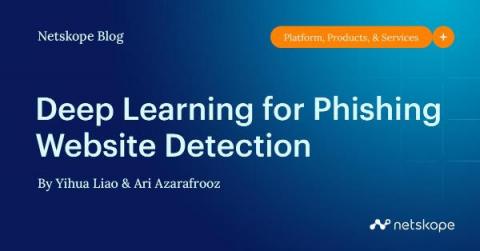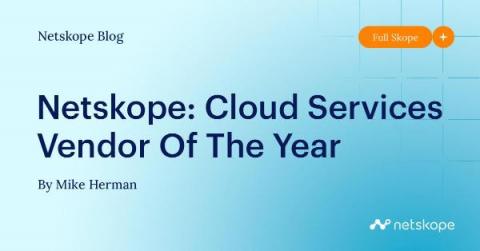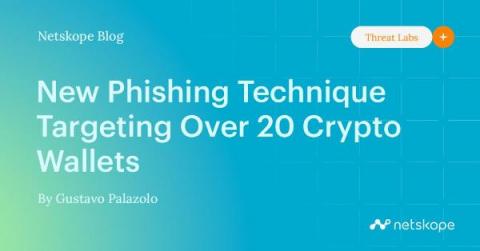Detecting Ransomware Using Machine Learning
Ransomware attacks are on the rise. Many organizations have fallen victim to ransomware attacks. While there are different forms of ransomware, it typically involves the attacker breaching an organization’s network, encrypting a large amount of the organization’s files, which usually contain sensitive information, exfiltrating the encrypted files, and demanding a ransom.


